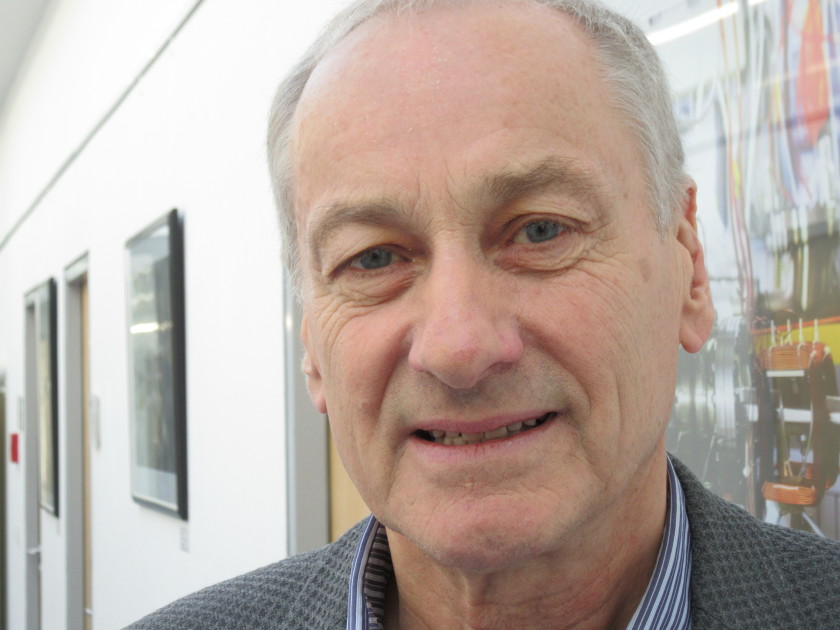Helmholtz International Fellow Award for Nils Mårtensson

Nils Mårtensson, University of Uppsala, cooperates closely with HZB.
The Helmholtz Association has presented the Swedish physicist Nils Mårtensson with a Helmholtz International Fellow Award. The synchrotron expert of the University of Uppsala, who heads the nobel comitee for physics, cooperates closely with the HZB-Institute Methods and Instrumentation for Synchrotron Radiation Research.
Nils Mårtensson is a professor at Uppsala University. He directed the development of the Swedish synchrotron radiation source Max IV and received a grant from the European Research Council (ERC) in 2013. Mårtensson is a member of the Swedish Academy of Sciences and chairman of the Nobel Committee for Physics. At HZB, he cooperates with Alexander Föhlisch's team at HZB-Institute Methods and Instrumentation for Synchrotron Radiation Research. Together they run the Uppsala Berlin Joint Laboratory (UBjL) to further develop methods and instruments.
In 2018, the Helmholtz Association presented a Helmholtz International Fellow Award to five outstanding international scientists in this call for proposals. All of them have already worked closely with Helmholtz Centres and presented concrete plans to continue the cooperation. "We hope that they will also be ambassadors for further cooperation between their institutions and the Helmholtz Association," says Otmar D. Wiestler, President of the Helmholtz Association.
red.
https://www.helmholtz-berlin.de/pubbin/news_seite?nid=14856;sprache=en
- Copy link
-
BESSY II: Heterostructures for Spintronics
Spintronic devices work with spin textures caused by quantum-physical interactions. A Spanish-German collaboration has now studied graphene-cobalt-iridium heterostructures at BESSY II. The results show how two desired quantum-physical effects reinforce each other in these heterostructures. This could lead to new spintronic devices based on these materials.
-
Green hydrogen: MXenes shows talent as catalyst for oxygen evolution
The MXene class of materials has many talents. An international team led by HZB chemist Michelle Browne has now demonstrated that MXenes, properly functionalised, are excellent catalysts for the oxygen evolution reaction in electrolytic water splitting. They are more stable and efficient than the best metal oxide catalysts currently available. The team is now extensively characterising these MXene catalysts for water splitting at the Berlin X-ray source BESSY II and Soleil Synchrotron in France.
-
13 trainees start their careers at HZB
A new phase of life began for 13 young people on 2 September: HZB welcomed five new trainees, six students on dual study programmes and two participants in a Voluntary Year of Science. They all are starting their careers with great anticipation.
